We saw 18 waxwings on October 21st during our Inishowen Wildlife Club outing to Inch. – Martin Moloney Co Donegal
Waxwings are regular winter visitors to Ireland from northern Scandinavia, although they do not come every year. In fact it has been 5/6 years since the last decent visitation. Population irruptions in their breeding grounds are probably triggered by a successful breeding season together with a shortage of winter berries at home for the increased population. In Ireland they particularly favour built-up areas in the north and east where they feast on the berries of ornamental trees and shrubs, as well as hawthorn and rowan and can eat 2-3 times their body weight daily. They are unmistakable. They are pale pink-brown in colour, with a prominent crest, and bright yellow tips to the wings and the tail. They fly in small flocks and their call is reminiscent of tinkling bells. This is the first record of a flock here this winter.
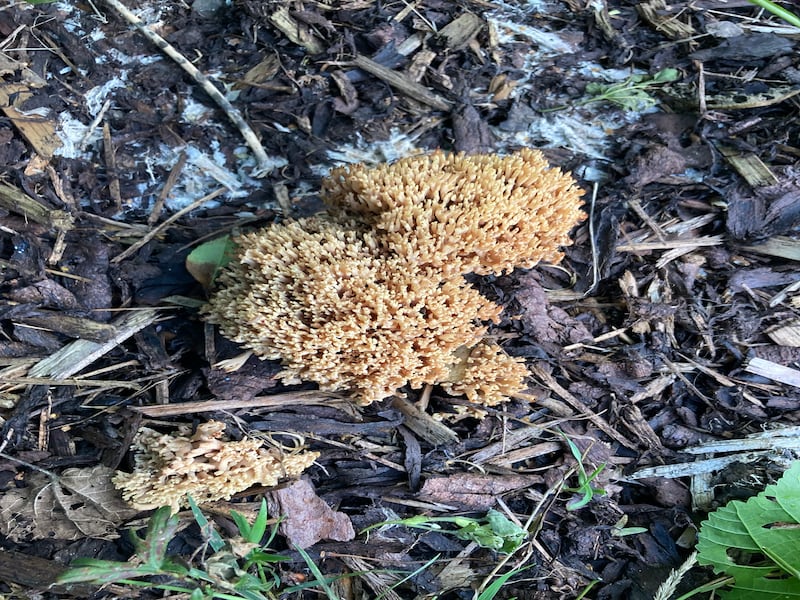
What type of fungus is this? – Ann Brennan Co Dublin
This is a Ramaria species – most likely Ramaria stricta, the upright coral fungus . The mycologist Hubert Fuller tells me that it would require microscopic examination of the spores to be absolutely sure. Ramaria stricta occurs on stumps of conifers as well as on deciduous wood and on wood chips. It is widespread and common, occurring mainly in autumn.
READ MORE
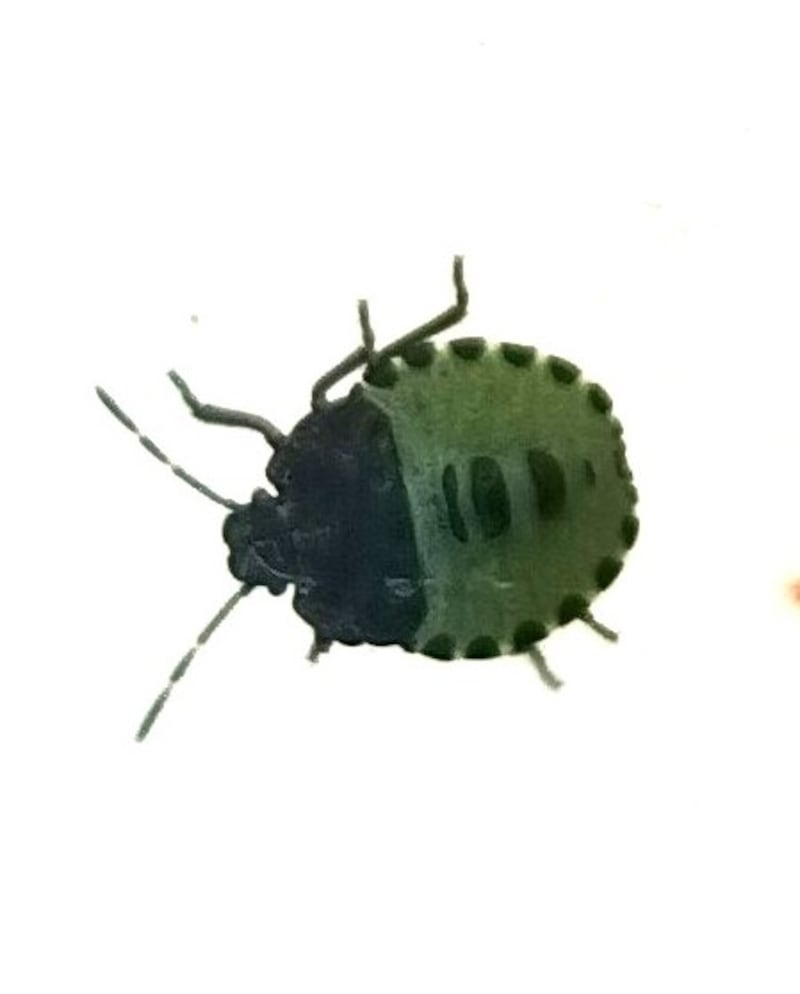
Can you tell me what kind of ladybird this is? Does it pose a threat to the more usual ladybird? – Conor Delahunty
It is not a ladybird at all, despite having the general shape of one. Ladybirds are never green. They sport warning colours of red, or pink or yellow, advertising to would-be predators such as birds, that they are full of toxins and taste horrible. This is a juvenile (instar) stage of the green shield bug, which is a herbivore that feeds on hawthorn and bramble.
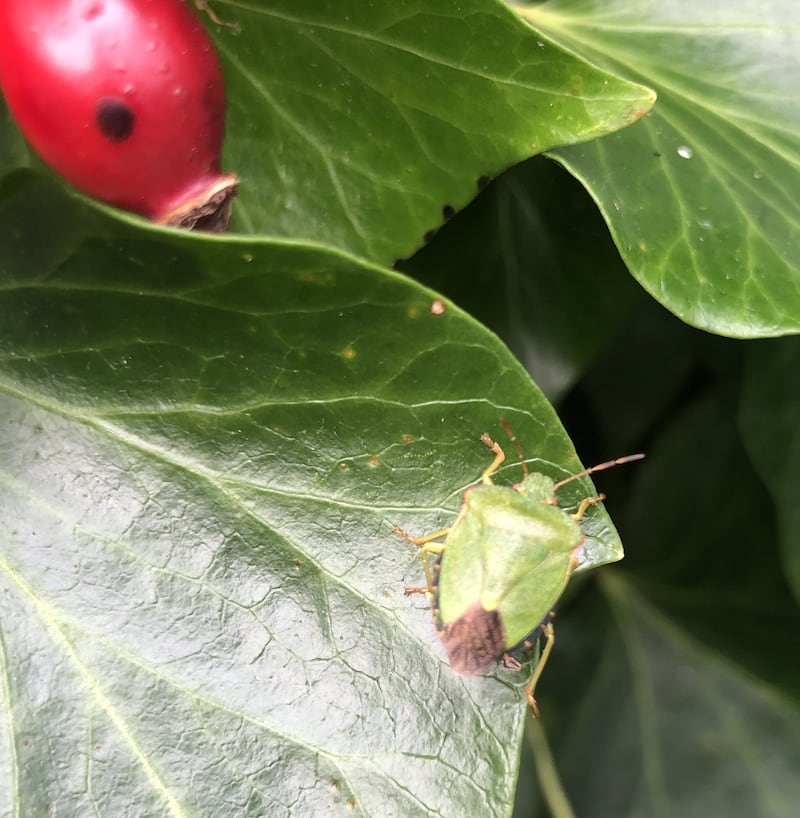
What is this beetle? I saw it on an ivy leaf at the wall of a cemetery in Crookstown, Co Kildare. – Senan Hogan Co Kildare
This is the fully grown green shield bug which overwinters as an adult. It is common and widespread except in the most northerly parts of the country. It defends itself from predators by releasing a foul-smelling liquid from glands on its undersides, which is why it is sometimes called a stink bug.
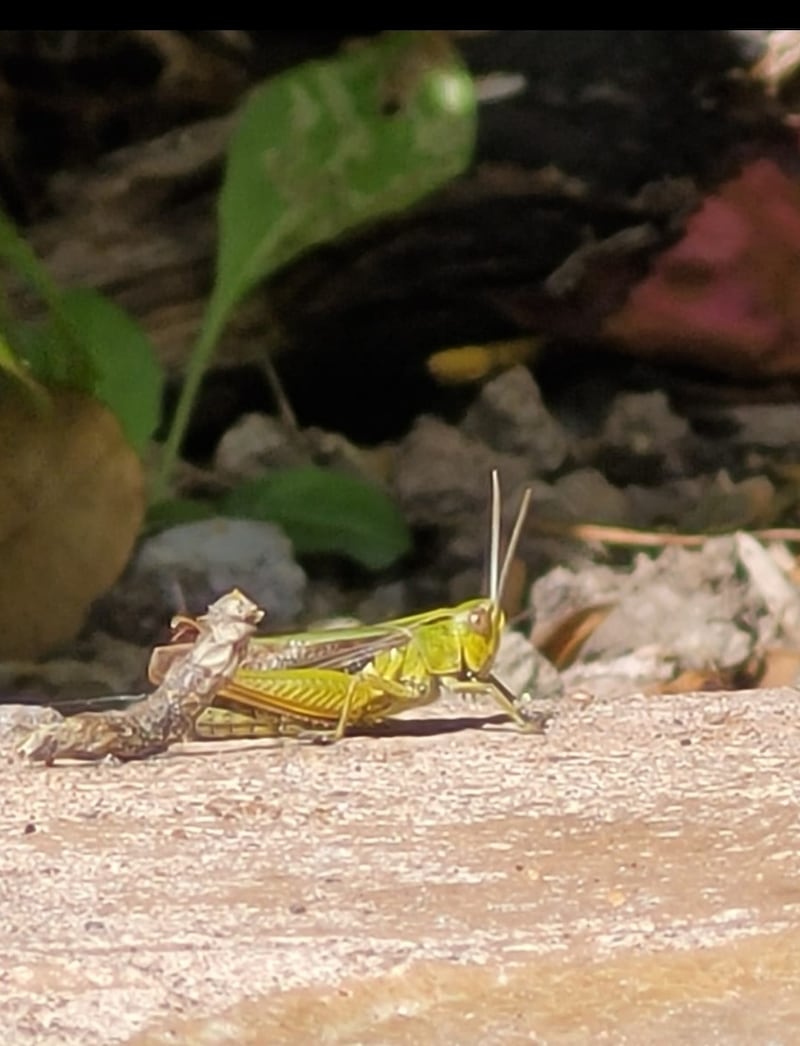
I spotted this grasshopper in our garden some time ago. I thought it was unusual to get so close to it and see it rubbing its back legs together to make the characteristic clicking sound, much to our smallies delight. – Robert Moylan. Co Cork
Generally, grasshoppers cease making sounds if a shadow falls over them, so you did well to get the photograph. This is the common green grasshopper which makes the characteristic sounds by rubbing the hind legs against the wings. It is common and widespread and feeds on grass. Adults rarely survive beyond October and the species overwinters as eggs which are laid in small batches in a pod and inserted into the soil.
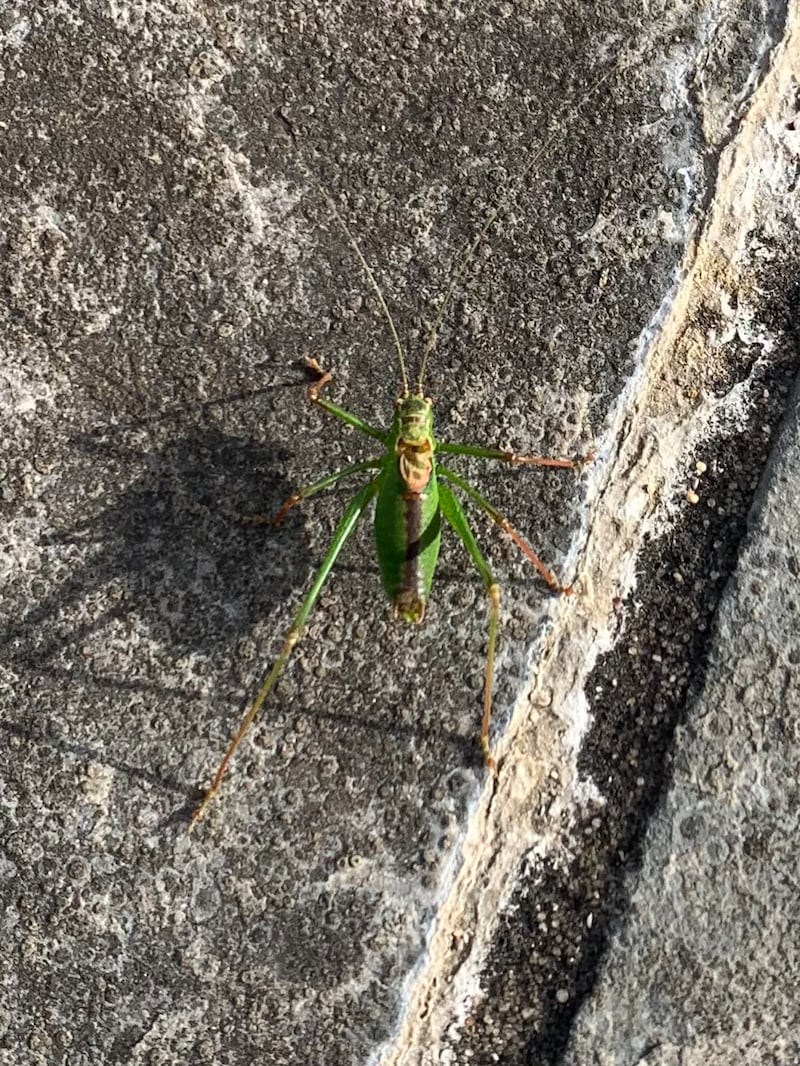
I found this handsome creature inside the patio door. Is it some kind of grasshopper? Not too much grass or foliage where it was found! – Tom Mullins Cork City
It is a speckled bush cricket, one of a group that is distinguished from grasshoppers by their extraordinarily long antennae. It has been recorded from the south and east coastal counties, near the coast. Males make a high-pitched chirp by rubbing their tiny wings together. A bat detector set to 40khz can be used to locate calling adults. They overwinter as eggs, which are laid on plant stems and into crevices in tree bark.
Please submit your nature query, observation, or photo with a location, via irishtimes.com/eyeonnature









